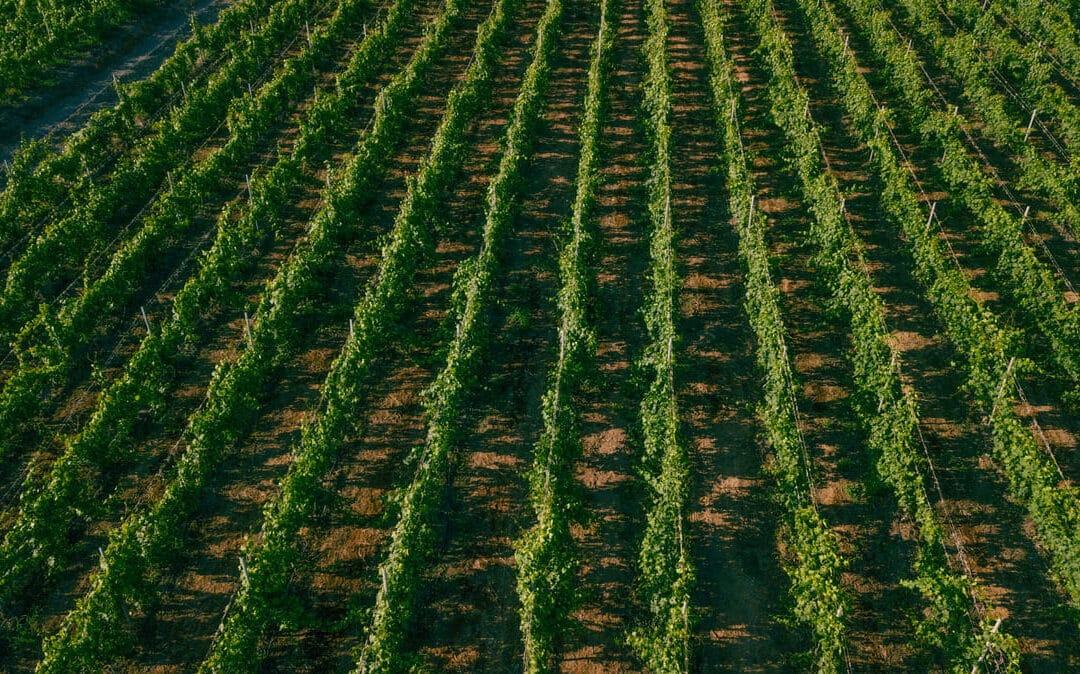California is the fourth-largest producer of wine in the world, coming in behind Italy, France, and Spain. Among the different ‘wine country’ regions in the state, Napa Valley and Amador County are some of the most prominent.
While Napa Valley has been the most-known area for years, there is a lot of evidence to show that Amador County is on the rise. Continue reading as we line out what the major differences are between these two regions and why we see such a bright future for Amador County.
Location
First, Amador County is technically a part of the Sierra Foothills wine region in the Northeast of California, which includes parts of seven other counties and over 2.6 million acres. The region is known for its varying elevation and vineyards atop rolling hills.
On the other hand, Napa Valley is made up of five towns and placed in between Sacramento and San Francisco. It is surrounded by two mountain ranges, the Vaca Range to the East, and the Mayacamas Mountains to the West.
Signature Wines
The Amador County area is known for its production of world-class Zinfandels, though the region does produce other Italian-style varieties like Barbera, Aglianico, and Sangiovese.
In comparison, Napa Valley is most famous for its Cabernet Sauvignon, while Merlot, Chardonnay, and Pinot Noir are also produced in the area.
Perks of Amador County
While the two areas are not that far from each other on the map, there are some distinct features of Amador County that make it a prime location today.
Seclusion & Privacy
One of the main draws of the Amador County wine region is that it is a little more protected from the hustle and bustle of Napa Valley. Its winding roads and classic feel lend to its secluded and protected environment, which is a benefit to many visitors and those who live in the area.
Growing Climate
Growers love the region for its warm climate and dense soil that allow for dry farming. In addition, the low nitrogen and phosphorus soils that keep out other foliage and gives plenty of direct sunlight to the grapes.
Above all, the dry, mountain climate allows the grapes to hit peak ripeness and retain their acidity for a balanced flavor. Plus, the favorable growing conditions and different microclimates and soil types of the region mean that growers can experiment with different grape varieties.
Development Concerns
Plus, the surroundings of Amador County are more fire-resistant than Napa Valley, which is a major consideration for wineries and tasting room owners today. And, the cost of development in Amador County tends to be more affordable by comparison.
So while the area is not as well known among wine experts and professionals out of state, it won’t be long before it takes up a larger part of the global conversation like Napa Valley.
–
Bailey Schramm is a writer in partnership with designer silverware wholesaler Silver Superstore.

